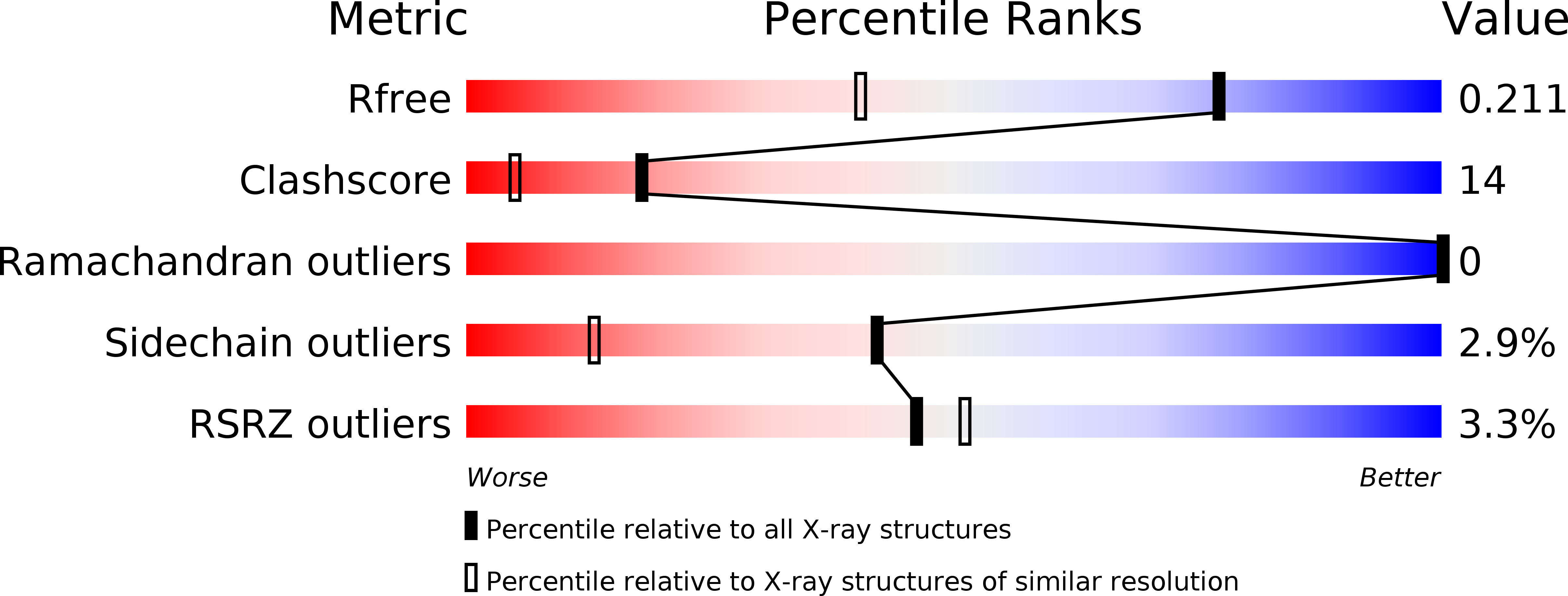
Deposition Date
2006-11-27
Release Date
2007-11-27
Last Version Date
2023-12-27
Entry Detail
PDB ID:
2O02
Keywords:
Title:
Phosphorylation independent interactions between 14-3-3 and Exoenzyme S: from structure to pathogenesis
Biological Source:
Source Organism:
Homo sapiens (Taxon ID: 9606)
(Taxon ID: )
(Taxon ID: )
Host Organism:
Method Details:
Experimental Method:
Resolution:
1.50 Å
R-Value Free:
0.21
R-Value Work:
0.14
R-Value Observed:
0.15
Space Group:
P 21 21 21


